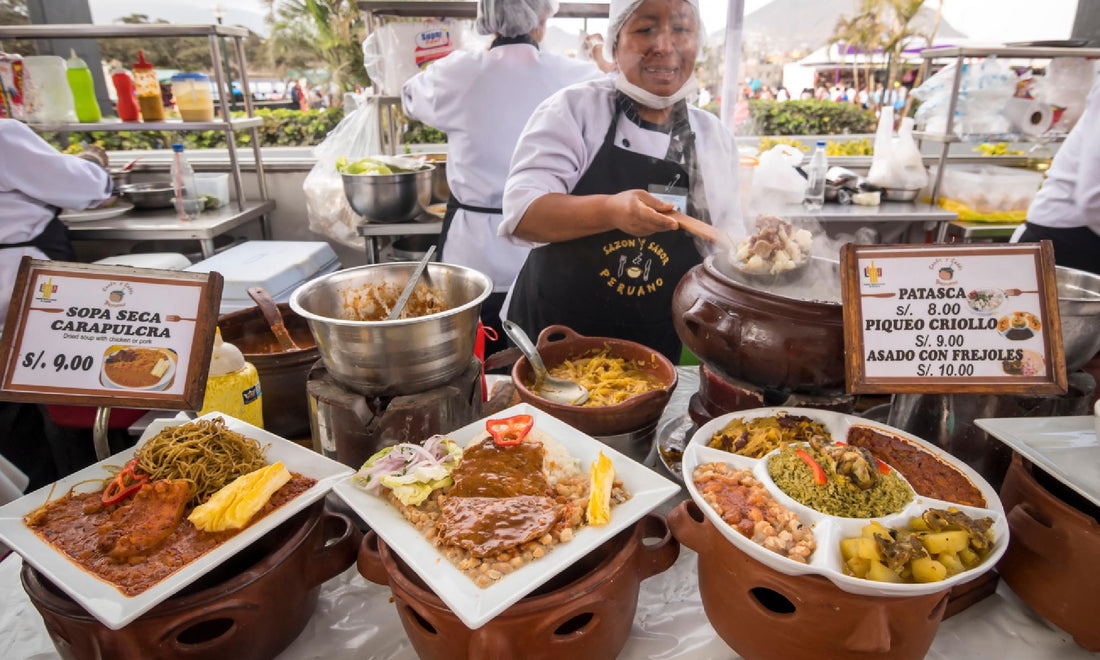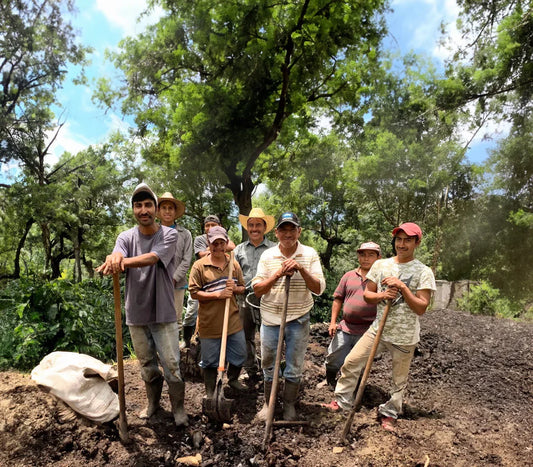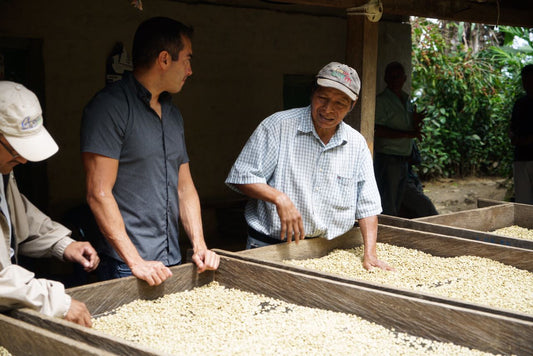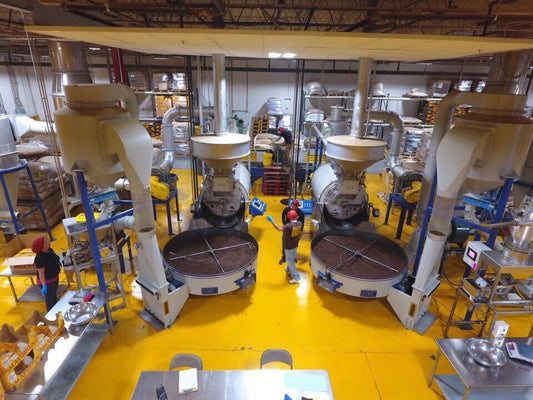
Peru's Top 5 Most Famous Dishes
Peru is a gastronomic wonderland. But where to start? Here a 5 Peruvian dishes to get your juices going.
Like many Latinos, the first time I experienced Peru's most emblematic dishes was – dare I say it – outside of the country itself.
This is often the case because, over the decades, Peruvians have spread themselves far and wide, bringing their great culinary heritage along with them.
But if I thought I had even the faintest of ideas about Peruvian gastronomy. I was about to be proved wrong when my Peruvian friend (and, coincidentally, accomplished chef) showed me exactly what I’d been missing. He invited to me a restaurant that was hosting him for a limited time and, boy, was I in for a treat.
As anticipated, he presented me with beautifully prepared dishes, native to his home, such as ceviche and ají de gallina. But these dishes were elevated with his explanation of the intricate stories behind each one, highlighting the importance of native ingredients that gave the food its unique flavor.
"You have to go to Peru to eat real Peruvian food," he winked.
Curiosity sparked; I knew I had to go.
Unsurprisingly, my visit affirmed my talented friend’s wise words: Peruvian cuisine truly is unlike any other. Perhaps down to the blend indigenous recipes, infused with influences from both Europe and Asia – or perhaps down to the sheer love and care that goes into each dish.
Either way, I’m hooked. Let me share my 5 favorite (and perhaps most famous) Peruvian dishes with you.

Ceviche
I have tried many versions of this Peruvian delight. But without a doubt, only in Peru can one appreciate the nuance that stems from this succulent dish: its tangy lime, juicy fish and crunchy red onion.
It goes without saying that the best place to sample ceviche is by the sea: the fish here is freshest and the chefs are the most experienced – with the methods and recipes being passed down for generations. Ceviche is practically a way of life on the Peruvian coast.
Ají de Gallina
This creamy stew, one of Peru's most popular chicken dishes, is a direct descendant of the milk-and-bread-enriched stews of Latin America. The name translates to "chicken chili" or "hen's chili", which denotes the spices that go into the sauce.
If the words creamy, chicken, spices and stew weren’t enough to get your juices flowing, let me explain the method that goes into this warming pot of goodness: traditional cooks render the fat from the chicken skin to flavor the dish. And the sauce is made with ají amarillo chili peppers, garlic, and walnuts or pecans and cheese for that classic creamy texture.
It arrives at the table garnished with a side of juicy black olives, boiled potatoes, rice and hard-boiled eggs. Needless to say, you won’t have room for dessert!
Rocoto Relleno
Rocoto relleno is a dish from the southern coast of Peru, Arequipa.
It's made by stuffing rocoto, a spicy, thick-fleshed, pear-shaped pepper, with beef tenderloin, peanuts, chopped onion, raisins, and cheese, which is then seasoned with spices such as native huacatay, cumin, and parsley.
For me, rocoto is one of the most wonderful culinary discoveries I have ever made. The rocoto is spicy but it also has a slightly sweet taste. The mixture of the spiciness with the texture of the peanut and the sweet, tender meat is simply unbeatable.

Papa a la Huancaína
Papa a la huancaína is a popular appetizer in Peru. It is a simple dish consisting of boiled potatoes, bathed in an exquisite rocoto cream and cheese.
The sauce can be poured over hot or cold potatoes, whole or sliced. To give you an idea of how this dish can vary, I once tried a version in which mashed potatoes were seasoned with lime juice, ground pepper, and a little oil, and shaped into balls.
Peruvian food historians say that Papa a la huancaína comes from the city of Huancayo, in the highlands of the country, a place famous for its potatoes.
At a time when the railroad line was being built in Huancayo, street vendors offered their food to the hungry workers. Pretty soon, it became clear which vendor drew the most business: a woman who sold a dish of cold potatoes soaked in a sauce made with fresh cheese and rocoto. Who’d have thought?
They called her huancaína, the woman from Huancayo, and her potatoes were nicknamed papa a la huancaína.
The version that is popular throughout Peru nowadays no longer uses rocoto but rather dried mirasol or fresh yellow chilis.
Lomo Saltado
No round-up of Peruvian food would be complete without mentioning lomo saltado.
One of the great results of Peru's unique cultural fusion is this dish that combines local flavors with Chinese cooking techniques.
As its name suggests, the tenderloin is sautéed in a frying pan until it is properly cooked, with a little vinegar and some spices, and then served accompanied by French fries and rice.
Lomo saltado is a dish whose origin dates back to the arrival of the Chinese Cantonese in Peru in the 19th century. They perfected this dish by adding the vinegar and spices. Back then it was known as lomito de vaca or lomo a la chorrillana.
This list is by no means conclusive. Peru is a gastronomic world of its own. But these 5 are a good starting point for anyone looking to whet their appetites.
So, what are you waiting for? Get yourself to Peru. My advice? Go with an empty stomach and come back with a full heart.


